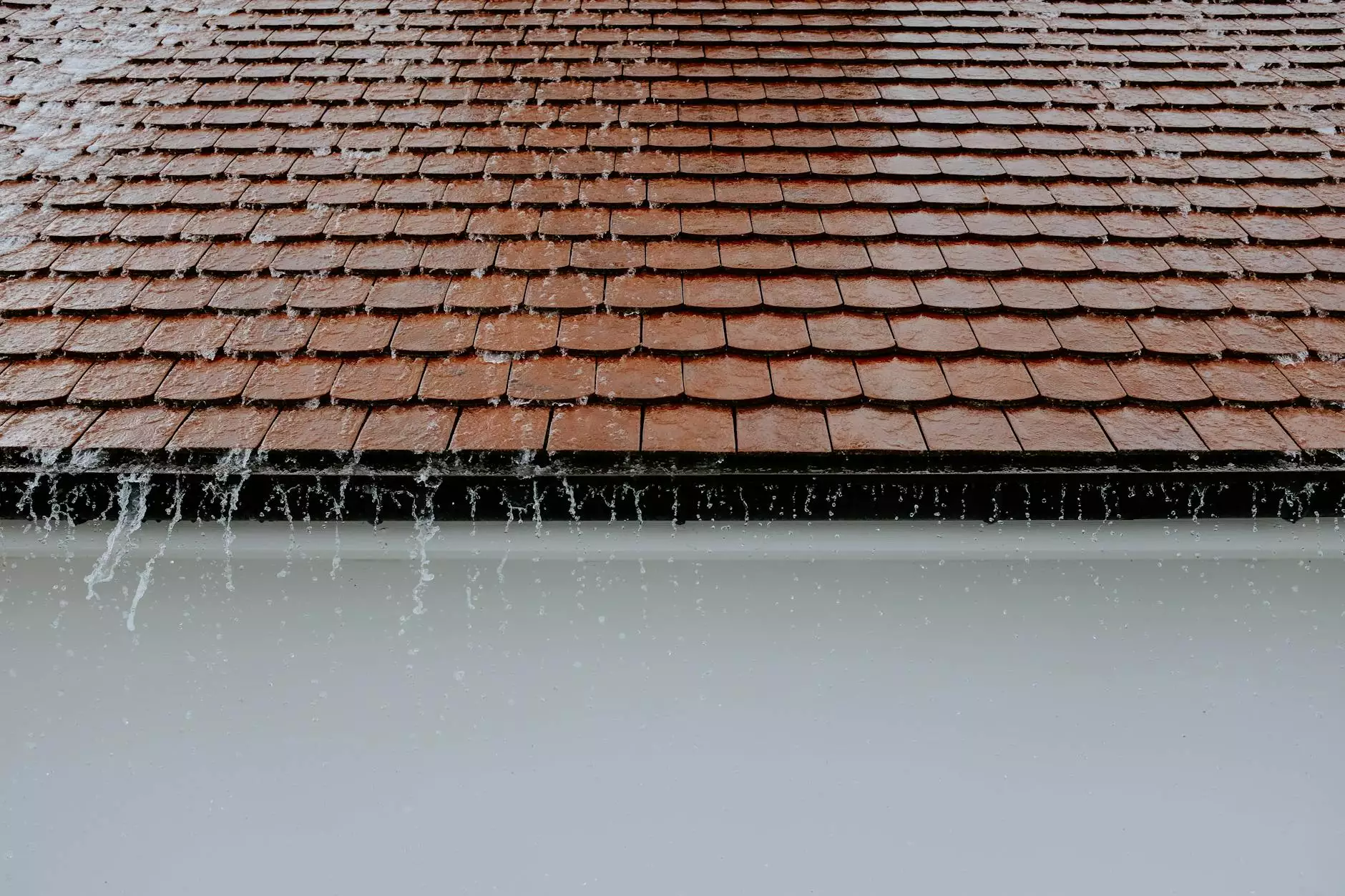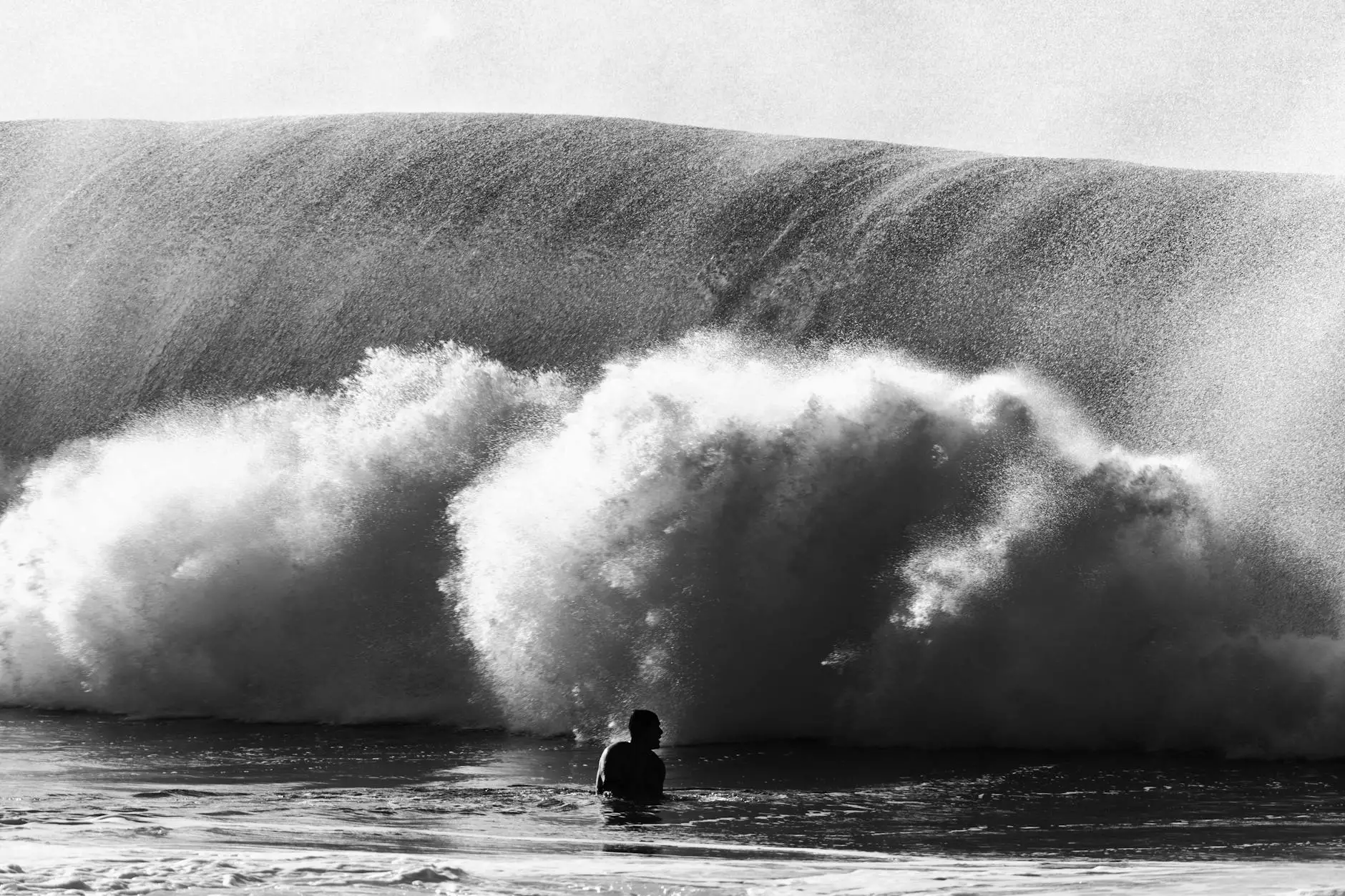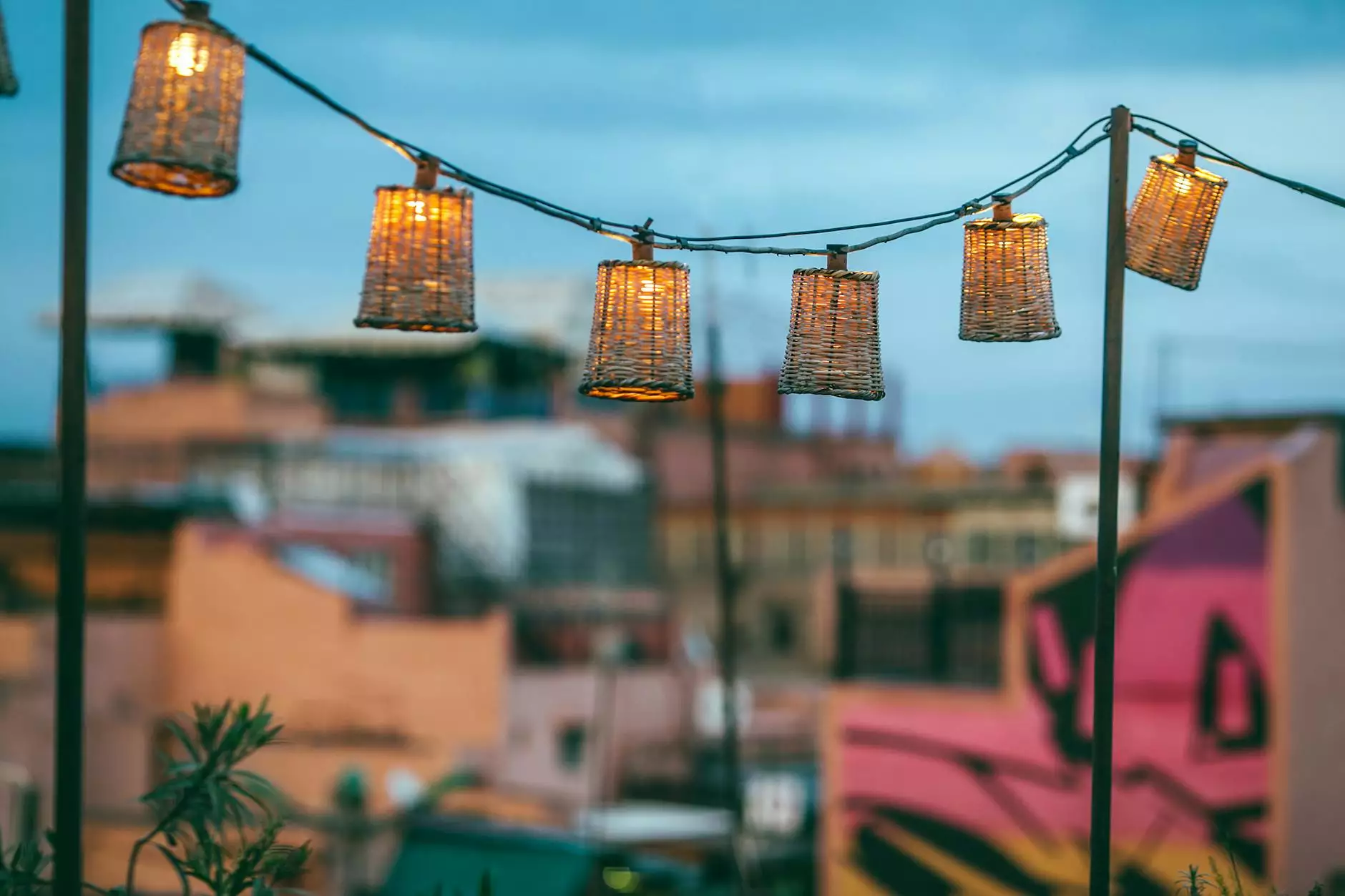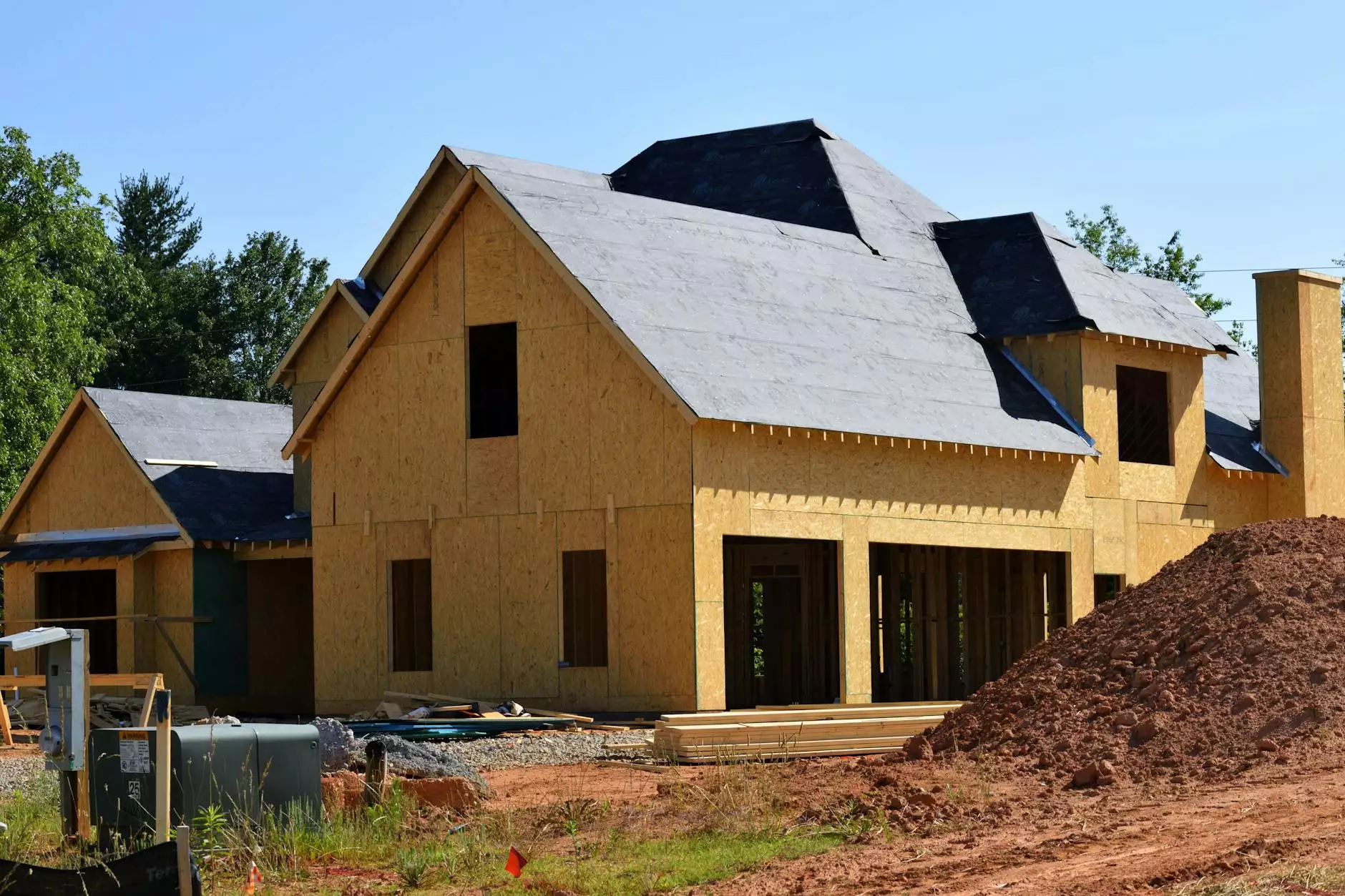Rafters vs Trusses: What Are The Pros and Cons of Each?
Blog
Introduction
When it comes to constructing or renovating a roof, one of the most important decisions is choosing between rafters and trusses. Both options have their own advantages and disadvantages, and understanding them is crucial to ensure a successful project. In this article, Bio-One Atlanta, a leading provider of business and consumer services in the cleaning industry, will delve into the details of rafters and trusses, exploring their pros and cons to help you make an informed decision for your roofing needs.
The Pros and Cons of Rafters
Pros of Rafters
Rafters, also known as traditional framing, have been used in construction for centuries. They offer several distinct advantages:
- Design Flexibility: Rafters allow for more design flexibility, making them an ideal choice for customized roof designs.
- Easier Installation: Rafters are relatively easier to install compared to trusses, especially for experienced carpenters.
- Attic Space: Rafters create additional attic space, providing room for storage or potential living spaces.
- Cost: Rafters can sometimes be more cost-effective, especially for smaller projects or unique roof designs.
Cons of Rafters
Despite their advantages, rafters have a few drawbacks:
- Span Limitations: Rafters have limited span capabilities, which means they may require additional support for wider roof structures.
- Assembly Time: Constructing a rafter roof can take longer due to the individual nature of the installation process.
- Material Waste: Rafters often generate more material waste compared to trusses since they are individually created on-site.
The Pros and Cons of Trusses
Pros of Trusses
Trusses, on the other hand, are pre-engineered roof structures that offer their own set of advantages:
- Strength and Stability: Trusses are engineered to provide superior strength and stability, enabling them to span longer distances without additional support.
- Quick Installation: Trusses are prefabricated, making them faster and more efficient to install, saving both time and labor costs.
- Consistency: Trusses are manufactured to consistent standards, ensuring uniformity in design and performance.
- Cost-Efficiency: Trusses can be more cost-effective for larger projects due to reduced labor and material waste.
Cons of Trusses
While trusses offer many benefits, there are also a few potential drawbacks to consider:
- Design Limitations: Trusses may not offer the same level of design flexibility as rafters, as they are pre-engineered according to standardized designs.
- Limited Attic Space: Trusses generally restrict the amount of usable attic space due to their structural components.
- Transportation: The size and weight of trusses can pose challenges during transportation to the construction site.
Conclusion
Choosing between rafters and trusses depends on various factors, including your project requirements, design preferences, and budget considerations. Bio-One Atlanta hopes that this comprehensive guide has helped you better understand the pros and cons of both options, allowing you to make an informed decision for your roofing needs.
Whether you decide to go with traditional rafters or modern trusses, it is crucial to consult with a professional contractor or architect who can assess your specific project requirements and assist in making the best choice for your unique situation. Remember, every construction project is different, and what works for one might not work for another.
For expert advice and assistance with your roofing needs, contact Bio-One Atlanta, the trusted name in the business and consumer services industry. Our team of experienced professionals will provide you with the necessary guidance and services to ensure a successful roofing project. Reach out to us today!









